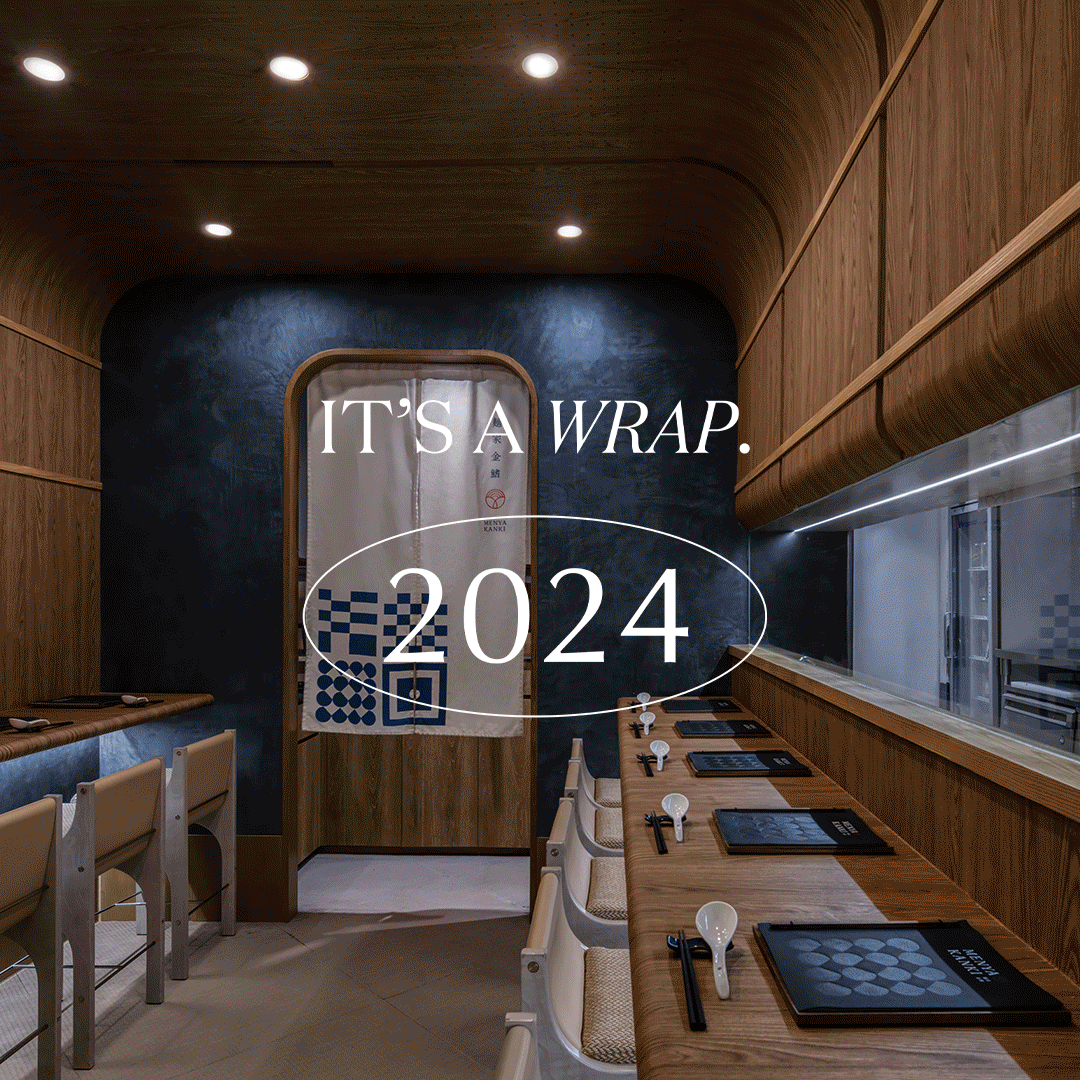How Does White Space Translate From Art Galleries to Cafés?
With increasingly more coffee shops adopting minimalist aesthetics, have their white interiors functioned as their Modernist predecessors had?
The demand for caffeine is relentless in a city that never sleeps, and so are the minimalist, wall-to-wall concrete facades that accompany this craving. Plastered walls, white ceilings, concrete, and hardwood floors come seamlessly together to form a blanket of white that stretches beyond the perimeters of a small cafe. Much like the white interiors of private galleries found citywide, the sleek, sanitised spaces of popular coffee chains like NOC and % Arabica have opted for the austerity of white space minimalist interior design as their main concept, favouring these environments for their easy maintenance, low costs, and the optimisation of Hong Kong’s sky-high rents.
While no space can be removed from its sociocultural context, the neutrality and minimal distraction assumed by a white space in interior design have been prioritised with the rise of ‘concept stores’, whereupon concepts that blend coffee, art, fashion, workshops, are given a blank slate to accommodate a variety of experiential mediums and crafts, creating a positive space for ideas to flow.
A History of White Spaces
Initially conceived as a response to Twentieth Century modernist art, this design style provided a juxtaposition to the gilded patterns of the Baroque period, serving as the brilliant frame centering the avant-garde and the experimental. Yet ever since its global proliferation, the pristine room is now a universally-recognised space synonymous with authority and wealth, an exclusive space that venerates its art, and now, craft coffee.
What once conferred innovation is now part of a sea of standardised white interiors and experiences, a homogenous commercialisation that reaffirms its own respectability. Yet even as white spaces attempt to venerate its subjects, these pristine, nebulous environments arguably strip their confines of resonance.
Much more than designing a commercially viable space, bespoke interiors should celebrate human designs and encourage connectivity and individualism. We believe great design requires great storytelling - a design narrative aligned with the cafe’s cuisine, origin or overall brand concept. An environment should reflect your brand, your expression, and your story, uncovering an opportunity for owners to create a space that is authentically theirs.
We hope you’ve enjoyed reading this article as much as we’ve enjoyed writing it. If you’re an interior design company, make sure to subscribe below to receive exclusive insights into the world of bespoke design, or schedule a free consultation to see how we can help your brand.










